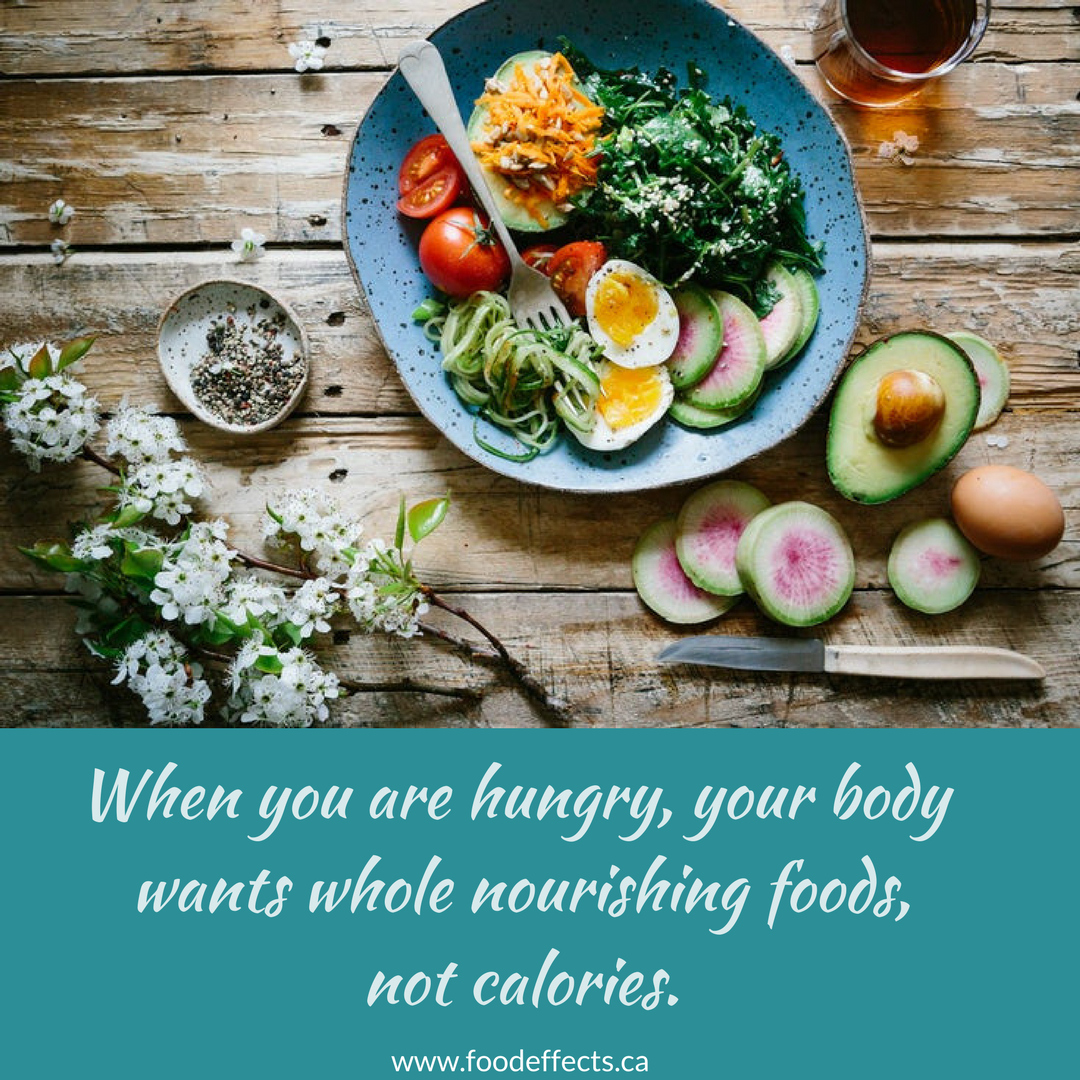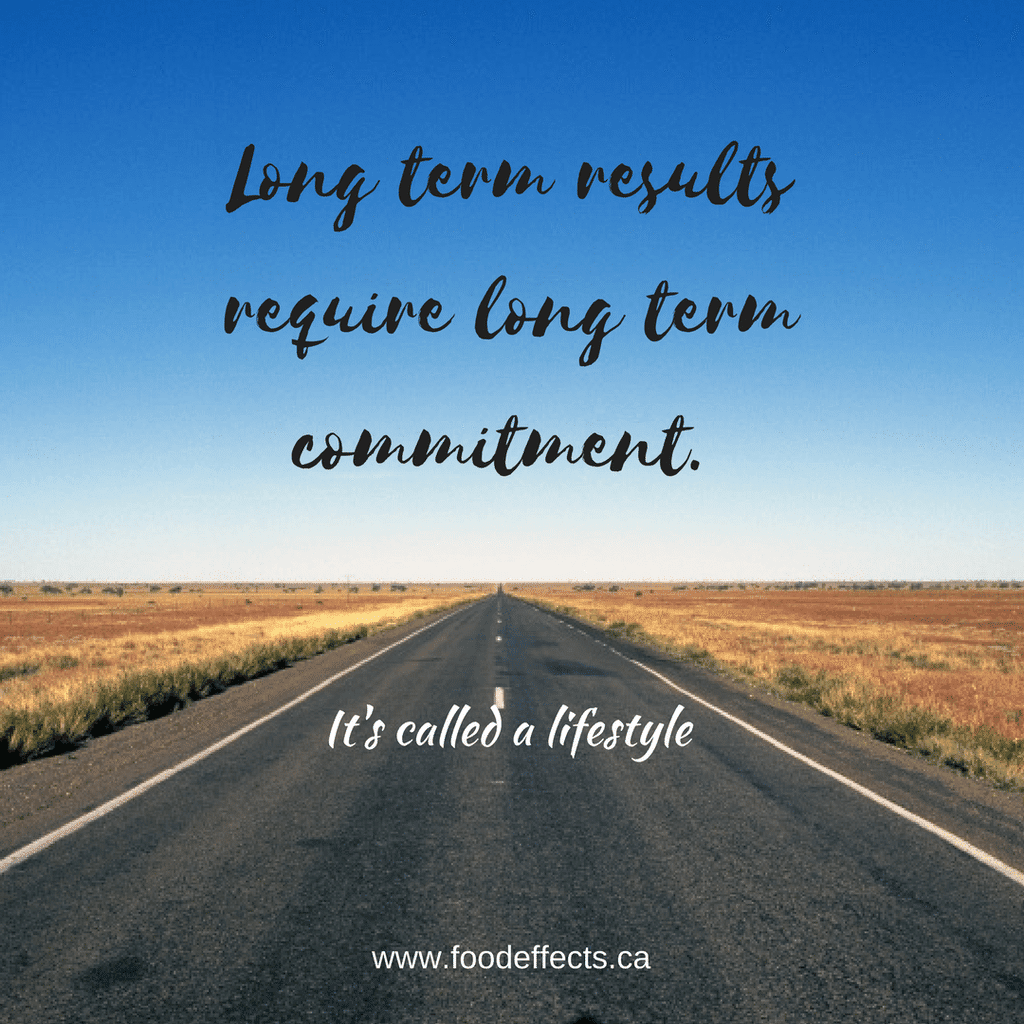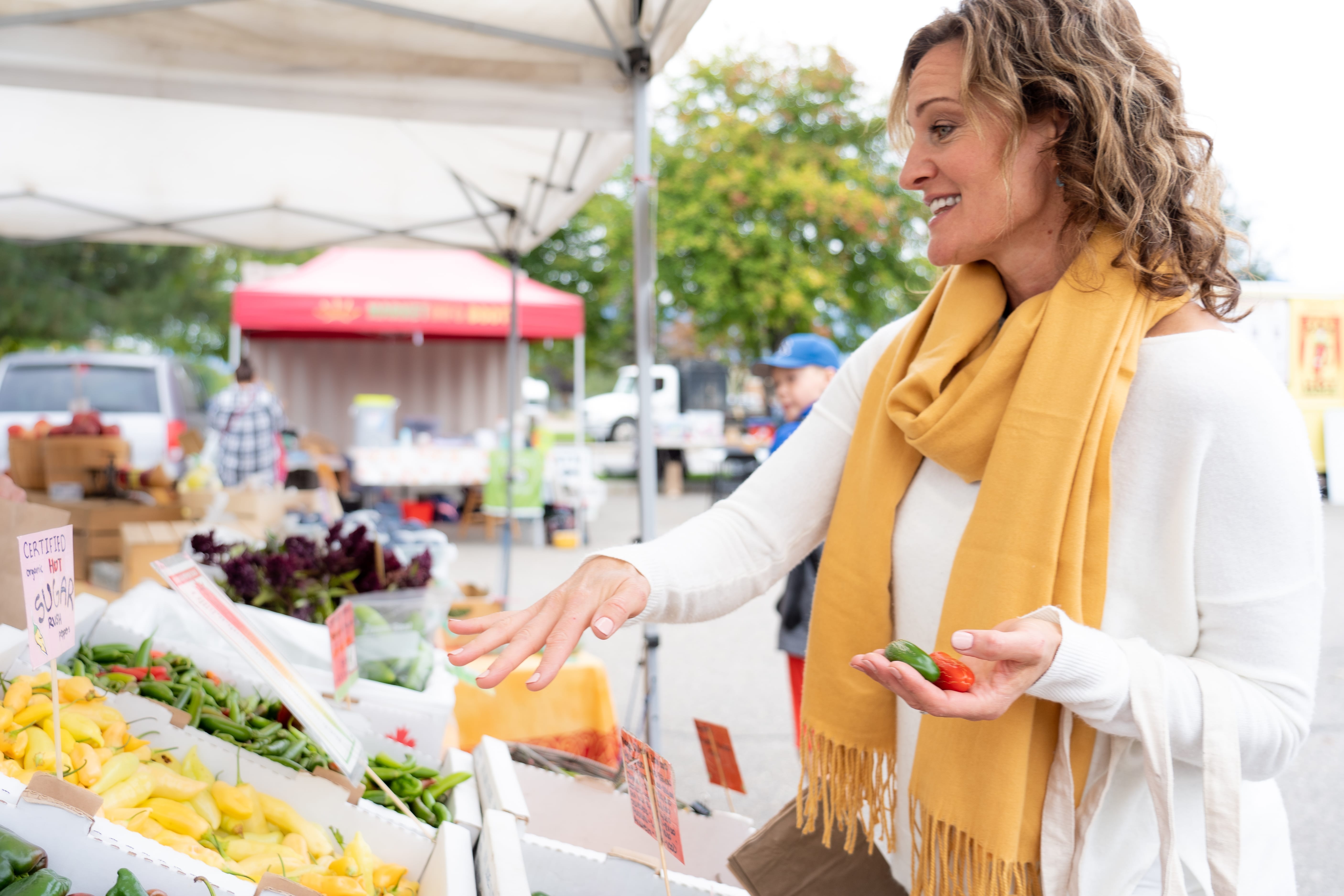Wooooweeee. It’s been a hot minute since I posted anything on this blog. Times flies when you’re having fun, I guess! How are you all holding up?
I’ve been active on social media and posting recipes/info there, so if you want to follow along, you can find me at food_effects_nutrition on IG or Food Effects on Facebook (or just click the links at the top right of this page). I’ve been talking about the importance of omega 3 on social media this last week or 2, so I’m going to give you quick recap before jumping into the recipe that combines my love for omegas, our local fall harvest veggies, and soup season.
Few nutrients have been studied as thoroughly as omega-3 fatty acids and they’ve proven to have many powerful health benefits for your body and brain, including:
Cell membrane structure Reducing chronic inflammation
Fighting anxiety and depression, and age related mental decline.
Supporting hormone health and fertility in both men and women.
Baby’s brain and eye development in pregnancy and early life.
Reducing risk for heart disease
Improving gut health
Reducing PMS symptoms
Supporting skin health
And more!
Omega 3 fats are essential fatty acids, meaning that our body can’t make it, we must get them from our foods. Plant based omega 3 provides a form called alpha-linolenic acid (ALA), however it is not biologically active until it’s converted into eicosapentaenoic acid (EPA) or docosahexaenoic acid (DHA), which are essential for your body. This conversion process is inefficient in humans; on average only 10% of ALA is converted into EPA, and 5% into DHA.
So although a variety of seeds, nuts, leafy greens, avocados, and legumes do offer omega 3 and a whole host of other amazing nutrients, they can not be your SOLE food source for optimal omega 3 intake. *exception: microalgae actually DO synthesize EPA and DHA, so this is a good plant based source!
Foods that are a great source of bio active EPA and DHA are fatty fish like salmon, sardines, mackerel, anchovies, seafood like oysters and shrimp, and grass fed beef, pastured eggs, and grass fed dairy.
Let’s talk about DHA specifically for a sec. DHA is the most abundant omega 3 fatty acid in the brain and is critical for healthy brain and nervous system function. It is also necessary for a growing and developing baby – especially in the brain and retina to support optimal cognitive and visual functioning. Adequate DHA levels help support babies’ cognitive, social, and physical development by promoting:
Visual acuity and retina development
Language and cognition
Mental and motor skill development
A healthy immune response to allergens
Attention control
Just like Omega 3 levels in the blood vary, DHA levels in breast milk fluctuate based mainly on what we eat, and since North Americans tend to have low blood levels, it’s reasonable to assume that breast milk levels are low as well.
If you are eating fish twice a week, plus regularly consuming the other sources mentioned above, you may be getting enough – but most of us are deficient which is why I often recommend a supplement.
How do you know for sure?
A functional blood test can show us the health of the blood cell and signs of inflammation and cellular deficiency, an omega 3 blood test will give us exact levels of active and available levels in the blood, and a breast milk DHA test can tell us the omega 3 nutrient status in mothers milk for her developing baby. Having this knowledge enables us change our diet to improve our omega 3 levels within 2-4 weeks!
So hit up your local farmers market and fave seafood shop to boost your omega 3 levels with this delicious salmon chowder that’ll warm you from the inside out.
Serves 6-8
- 1/4 cup Coconut Oil
- 2 bulbs Fennel (sliced)
- 4 cups Celery Root (peeled and cubed)
- 4 cups Rutabaga (peeled and cubed)
- 4 cups Chicken Bone Broth
- 1 1/2 lbs Salmon Fillet
- 2 cups Coconut Milk
- 1/2 tsp Unrefined Salt (or more to taste)
- 1/2 cup Parsley (chopped)
- In a large soup pot, melt the coconut oil over medium-low heat. Add the sliced fennel, celery root, and rutabaga. Cover and let cook for about 15 minutes, or until tender.
- Add the chicken broth to small saucepan and place the salmon skin-side down into the broth. Bring to a simmer and poach the salmon for 5-10 minutes. Remove the salmon and set aside.
- Add the chicken broth to the pot with the softened veggies and bring to a simmer. Let cook for 10 minutes, then use an immersion blender to blend about half the soup so the texture is still chunky.
- Remove the skin from the salmon, and flake the fish into chunks. Add to the soup pot along with the coconut milk. Season to taste with salt and pepper.
- To serve, divide between bowls and garnish with chopped parsley.
Enjoy!





